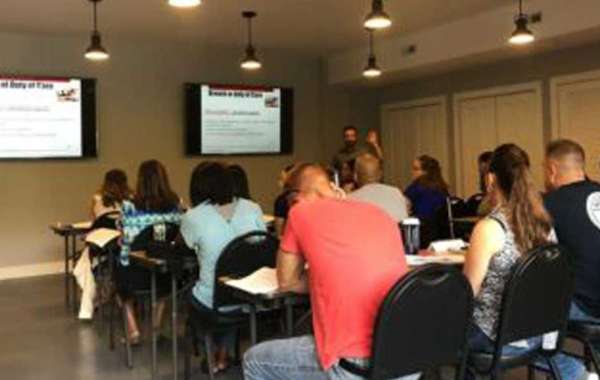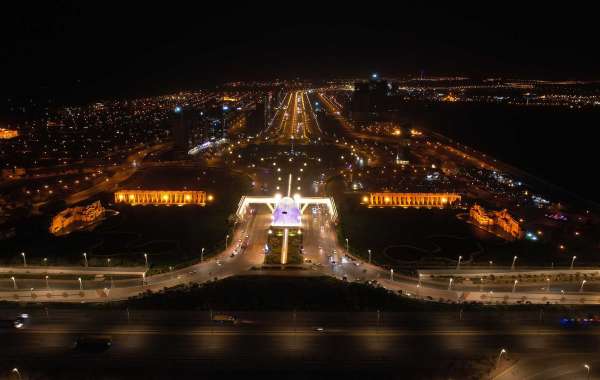Transcreation and translation are two distinct approaches to adapting content from one language to another, each serving different purposes and contexts.Transcreation While both involve language conversion, they differ significantly in terms of their objectives, techniques, and outcomes.
Translation is the process of rendering text from one language into another while preserving its original meaning, style, tone, and intent as closely as possible. It aims for accuracy and faithfulness to the source material, ensuring that the target text conveys the same message as the original. Translators focus on linguistic accuracy, grammar, syntax, and cultural nuances to produce a faithful rendition of the source text.
On the other hand, transcreation, short for "translation-creation," goes beyond literal translation to recreate the content in a way that resonates with the target audience culturally, emotionally, and contextually. Unlike translation, which prioritizes fidelity to the source text, transcreation prioritizes the impact and effectiveness of the message in the target language and culture. It involves adapting the content creatively while maintaining the core message and intent of the original.
One of the key differences between translation and transcreation lies in their level of flexibility. Translation adheres closely to the source text, aiming to convey its meaning accurately, while transcreation allows for more creative freedom to adapt the content to suit the preferences, cultural references, and sensibilities of the target audience. Transcreators often incorporate local idioms, cultural references, and linguistic nuances to make the content feel more natural and relatable to the target audience.
Another distinction is the scope of the adaptation process. While translation primarily focuses on linguistic aspects such as grammar, syntax, and vocabulary, transcreation extends beyond language to encompass broader elements such as imagery, symbolism, and emotional resonance. Transcreators may need to modify not only the words but also the visuals, design elements, and overall presentation to ensure that the message effectively connects with the target audience.
Furthermore, the intended audience plays a crucial role in determining whether translation or transcreation is more appropriate for a particular project. Translation is typically suitable for technical documents, legal texts, scientific papers, and other content where precision and accuracy are paramount. Transcreation, on the other hand, is ideal for marketing materials, advertising campaigns, creative content, and brand messaging, where engaging the audience on an emotional level is essential.
In terms of process, translation typically follows a more structured approach, with translators analyzing the source text, researching terminology, and employing established linguistic techniques to produce an accurate translation. Transcreation, on the other hand, involves a more iterative and collaborative process, often requiring close coordination between the transcreator, the client, and other stakeholders to ensure that the adapted content aligns with the desired brand image and communication goals.
Moreover, while translation can often be automated or streamlined using translation memory tools and machine translation software, transcreation relies heavily on human creativity, cultural understanding, and domain expertise. It requires skilled professionals who can not only understand the nuances of both the source and target languages but also possess the creativity and cultural sensitivity to adapt the content effectively.
In summary, while translation focuses on accurately conveying the meaning of the source text, transcreation aims to recreate the content in a way that resonates with the target audience emotionally, culturally, and contextually. Transcreation Transcreation involves a more creative and flexible approach, allowing for adaptation beyond linguistic aspects to encompass broader elements of communication and cultural context. Both translation and transcreation play important roles in bridging linguistic and cultural barriers, enabling effective communication across diverse audiences and contexts.








